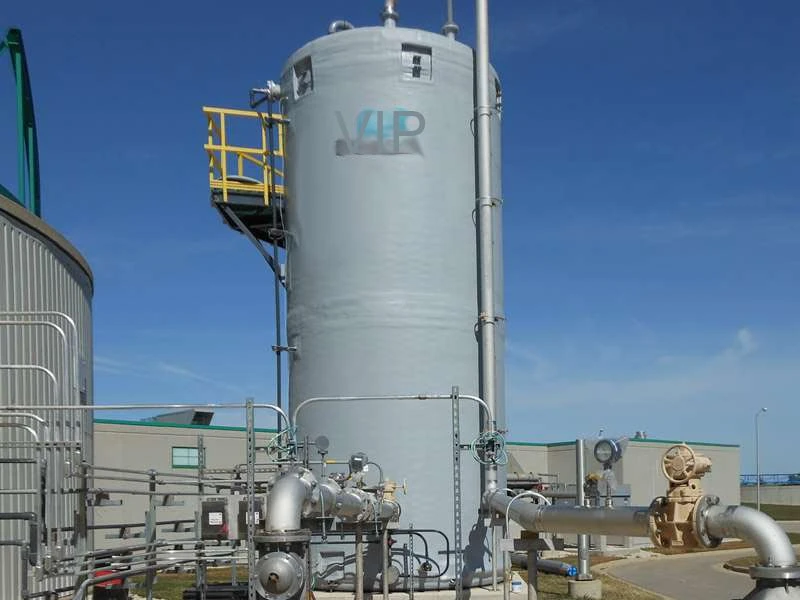
-
 Afrikaans
Afrikaans -
 Albanian
Albanian -
 Amharic
Amharic -
 Arabic
Arabic -
 Armenian
Armenian -
 Azerbaijani
Azerbaijani -
 Basque
Basque -
 Belarusian
Belarusian -
 Bengali
Bengali -
 Bosnian
Bosnian -
 Bulgarian
Bulgarian -
 Catalan
Catalan -
 Cebuano
Cebuano -
 China
China -
 China (Taiwan)
China (Taiwan) -
 Corsican
Corsican -
 Croatian
Croatian -
 Czech
Czech -
 Danish
Danish -
 Dutch
Dutch -
 English
English -
 Esperanto
Esperanto -
 Estonian
Estonian -
 Finnish
Finnish -
 French
French -
 Frisian
Frisian -
 Galician
Galician -
 Georgian
Georgian -
 German
German -
 Greek
Greek -
 Gujarati
Gujarati -
 Haitian Creole
Haitian Creole -
 hausa
hausa -
 hawaiian
hawaiian -
 Hebrew
Hebrew -
 Hindi
Hindi -
 Miao
Miao -
 Hungarian
Hungarian -
 Icelandic
Icelandic -
 igbo
igbo -
 Indonesian
Indonesian -
 irish
irish -
 Italian
Italian -
 Japanese
Japanese -
 Javanese
Javanese -
 Kannada
Kannada -
 kazakh
kazakh -
 Khmer
Khmer -
 Rwandese
Rwandese -
 Korean
Korean -
 Kurdish
Kurdish -
 Kyrgyz
Kyrgyz -
 Lao
Lao -
 Latin
Latin -
 Latvian
Latvian -
 Lithuanian
Lithuanian -
 Luxembourgish
Luxembourgish -
 Macedonian
Macedonian -
 Malgashi
Malgashi -
 Malay
Malay -
 Malayalam
Malayalam -
 Maltese
Maltese -
 Maori
Maori -
 Marathi
Marathi -
 Mongolian
Mongolian -
 Myanmar
Myanmar -
 Nepali
Nepali -
 Norwegian
Norwegian -
 Norwegian
Norwegian -
 Occitan
Occitan -
 Pashto
Pashto -
 Persian
Persian -
 Polish
Polish -
 Portuguese
Portuguese -
 Punjabi
Punjabi -
 Romanian
Romanian -
 Russian
Russian -
 Samoan
Samoan -
 Scottish Gaelic
Scottish Gaelic -
 Serbian
Serbian -
 Sesotho
Sesotho -
 Shona
Shona -
 Sindhi
Sindhi -
 Sinhala
Sinhala -
 Slovak
Slovak -
 Slovenian
Slovenian -
 Somali
Somali -
 Spanish
Spanish -
 Sundanese
Sundanese -
 Swahili
Swahili -
 Swedish
Swedish -
 Tagalog
Tagalog -
 Tajik
Tajik -
 Tamil
Tamil -
 Tatar
Tatar -
 Telugu
Telugu -
 Thai
Thai -
 Turkish
Turkish -
 Turkmen
Turkmen -
 Ukrainian
Ukrainian -
 Urdu
Urdu -
 Uighur
Uighur -
 Uzbek
Uzbek -
 Vietnamese
Vietnamese -
 Welsh
Welsh -
 Bantu
Bantu -
 Yiddish
Yiddish -
 Yoruba
Yoruba -
 Zulu
Zulu
grp pipe
Understanding GRP Pipes Advantages, Applications, and Future Prospects
Glass Reinforced Plastic (GRP), also known as Fiberglass Reinforced Plastic (FRP), is a composite material widely used in various industries due to its exceptional strength-to-weight ratio, corrosion resistance, and durability. Among its numerous applications, GRP pipes have gained significant attention for their efficiency and effectiveness in transporting fluids. This article explores the advantages, applications, and future prospects of GRP pipes.
Advantages of GRP Pipes
One of the primary benefits of GRP pipes is their lightweight nature. Weighing significantly less than traditional materials like steel or concrete, GRP pipes are easier to handle, transport, and install. This reduction in weight not only lowers transportation costs but also minimizes the need for heavy lifting equipment during installation, resulting in shorter project timelines and reduced labor costs.
Moreover, GRP pipes exhibit remarkable resistance to corrosion, making them ideal for transporting aggressive chemicals, sewage, and wastewater. Unlike metal pipes, which can rust and degrade over time, GRP maintains its integrity even in harsh environments. This characteristic ensures a longer lifespan and lower maintenance costs, ultimately providing a more cost-effective solution for various applications.
Additionally, GRP pipes offer excellent hydraulic performance. Their smooth inner surfaces allow for minimal friction loss, leading to efficient fluid flow. This efficiency is particularly beneficial in applications such as water supply and irrigation systems, where maintaining optimal flow rates is crucial.
Applications of GRP Pipes
grp pipe

The versatility of GRP pipes lends itself to a wide range of applications across various sectors. One of the most notable uses is in water and wastewater management systems. Municipalities leverage GRP pipes for sewage systems, stormwater drainage, and potable water distribution due to their reliability and resistance to environmental factors.
In the industrial sector, GRP pipes are extensively used in chemical processing plants. Their resistance to corrosive substances makes them an ideal choice for transporting acids, alkalis, and other harsh chemicals. Industries such as oil and gas also benefit from GRP pipes, utilizing them for offshore platforms and pipelines due to their lightweight nature and resistance to environmental challenges.
Furthermore, GRP pipes find applications in agriculture, specifically in irrigation systems. Their durability and resistance to chemicals make them suitable for transporting water and fertilizers. As water scarcity becomes an increasing concern worldwide, the efficient infrastructure provided by GRP pipes can play a pivotal role in sustainable agricultural practices.
Future Prospects of GRP Pipes
As the demand for sustainable and cost-effective solutions grows, the future of GRP pipes looks promising. Innovations in manufacturing processes, such as the advent of automated winding techniques, are expected to enhance the quality and production efficiency of GRP pipes. Moreover, advancements in material science may lead to the development of even more robust and environmentally friendly composites.
Additionally, the increasing focus on infrastructure development and urbanization presents a significant opportunity for GRP pipes. Governments and private sectors are investing in renewable energy projects, smart cities, and water management systems, all of which can benefit from the advantages that GRP pipes offer.
In conclusion, GRP pipes represent a versatile and effective solution for modern infrastructure challenges. Their lightweight, corrosion-resistant, and durable nature makes them suitable for a wide range of applications, from water management to industrial processes. As technology advances, the adoption of GRP pipes is likely to grow, paving the way for more sustainable practices and efficient resource management in the years to come.









